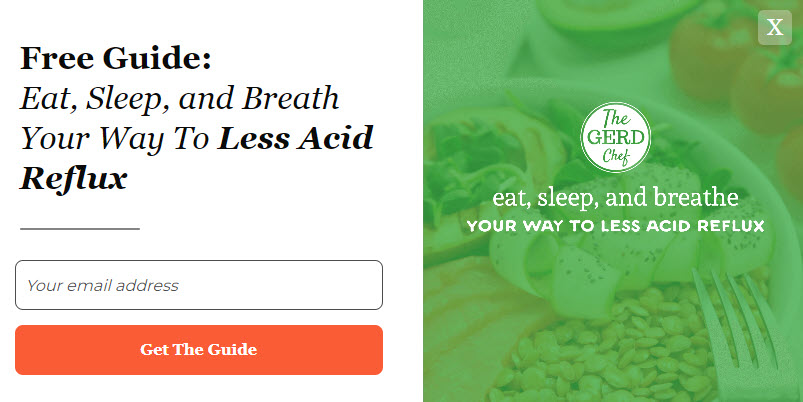7 Home Remedies for Acid Reflux
What is Acid Reflux?
Acid Reflux is where stomach acid flows back into the esophagus, the tube connecting your mouth and stomach. This backwash can irritate the lining of your esophagus, causing discomfort and even long-term damage.
What are Acid Reflux Symptoms?
The symptoms of Acid Reflux include:
- Heartburn: A burning sensation in the chest that often occurs after eating and might worsen at night.
- Regurgitation: A sour or bitter-tasting acid backing up into your throat or mouth.
- Difficulty swallowing.
- The sensation of a lump in your throat.
- Chronic cough or asthma symptoms.
- Disrupted sleep due to discomfort.
What are causes of Acid Reflux?
Factors that contribute to Acid Reflux include:
- Obesity: Excess weight can pressure the abdominal area, pushing stomach contents up into the esophagus.
- Hiatal hernia: A condition where the upper part of the stomach bulges through the diaphragm, allowing acid to escape into the esophagus.
- Pregnancy: Hormonal changes and physical pressure from the growing fetus can lead to increased acid reflux.
- Smoking and alcohol: These can relax the lower esophageal sphincter, allowing acid to escape.
- Certain foods: Foods like spicy dishes, chocolate, citrus fruits, and fatty foods can trigger reflux.
7 Natural, Home Remedies for Acid Reflux
Supplements to Help Acid Reflux Several supplements are known to help reduce symptoms of Acid Reflux. These include:
- Probiotics: These help maintain gut health and can reduce acid reflux occurrences.
- Aloe Vera Extract (leaf): Aloe vera contains several compounds that may contribute to its potential benefits for acid reflux. Additionally, aloe vera juice may promote a healthy gastrointestinal tract lining.
- Ginger: Known for its gastrointestinal benefits, ginger can help reduce inflammation and nausea.
Quitting or Switching to Low-Acid Coffee For coffee lovers, Acid Reflux can mean cutting down on their favorite drink. However, opting for low-acid coffee varieties can reduce symptoms. Adjustments like choosing darker roasts and using a cold brewing method can also minimize the acid content in coffee.
Opt for Low-Acid Foods Eating low-acid foods is crucial for managing Acid Reflux. Avoiding acidic foods like tomatoes and citrus can reduce symptoms. For those missing traditional flavors, tomato-free pasta sauces can be a great alternative. Additionally, preparing meals that are reflux-friendly can ensure variety without discomfort.
Quitting Alcohol or Opting for Low-Acid Wines Alcohol can exacerbate Acid Reflux symptoms. For those who do not want to quit entirely, choosing low-acid wines might be a solution. Some red wines are specifically produced to have lower acidity, which might be more tolerable for Acid Reflux sufferers.
Eating Smaller, More Frequent Meals Large meals can cause more stomach acid production and increase pressure on the lower esophageal sphincter. Eating smaller, more frequent meals can help manage Acid Reflux symptoms.
Elevating the Head During Sleep Elevating the head and upper body can prevent stomach acid from rising into the esophagus during sleep. Using a wedge pillow or adjusting the bed’s head can be effective.
Stress Management Stress and anxiety can worsen Acid Reflux symptoms. Techniques such as meditation, yoga, and deep breathing can help manage stress and reduce episodes of acid reflux.
What is the difference between Acid Reflux, Heartburn, and Acid Reflux?
- Acid Reflux: This is the process of stomach acid backing up into the esophagus.
- Heartburn: A symptom of acid reflux where there is a burning pain in the chest.
- GERD: A chronic condition where acid reflux occurs frequently, causing significant symptoms and complications.
By understanding the nuances of these conditions, patients can better manage their symptoms through lifestyle changes, dietary adjustments, and appropriate remedies. Each of these strategies focuses on reducing the factors that trigger Acid Reflux, improving the quality of life for those affected by this challenging condition.







